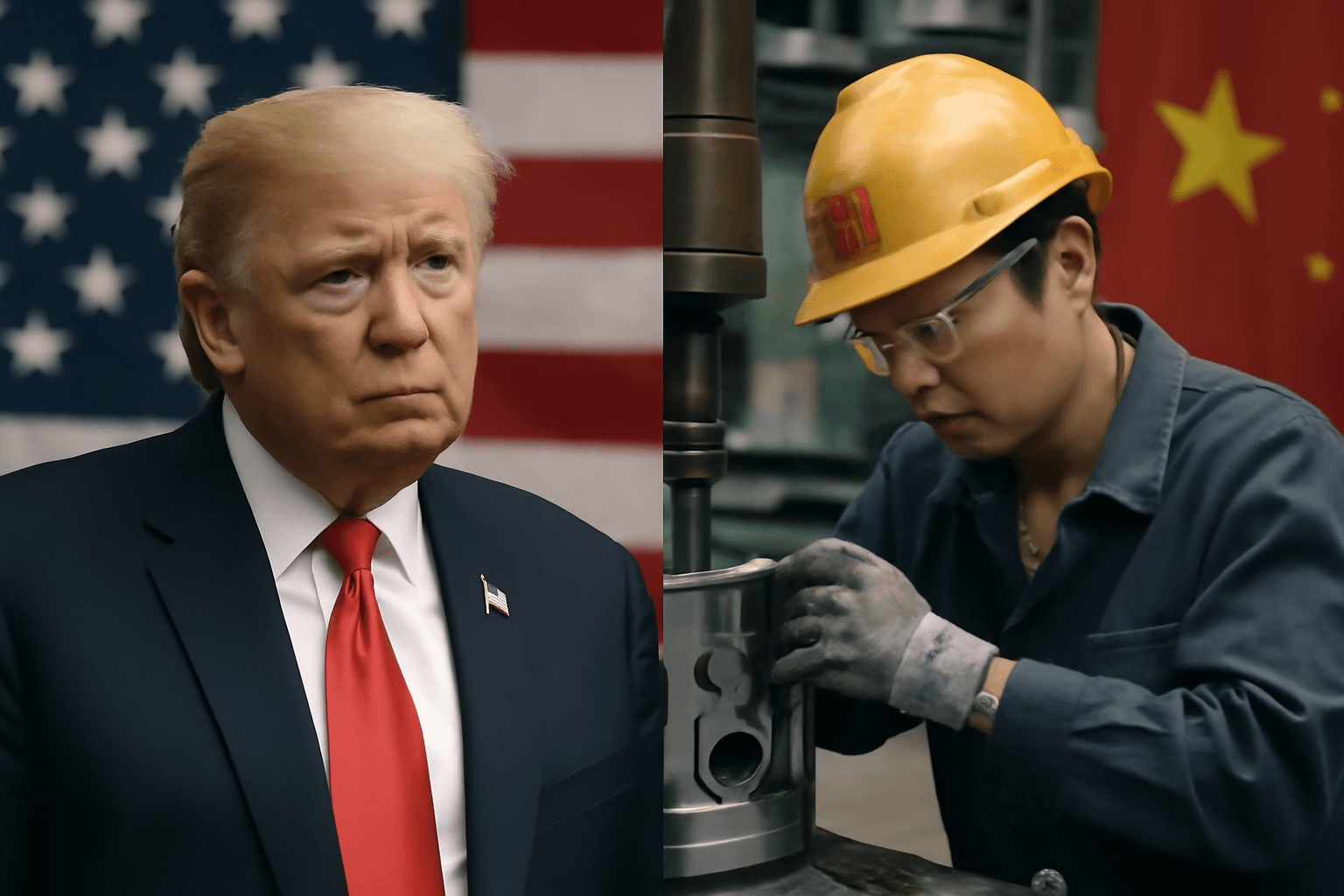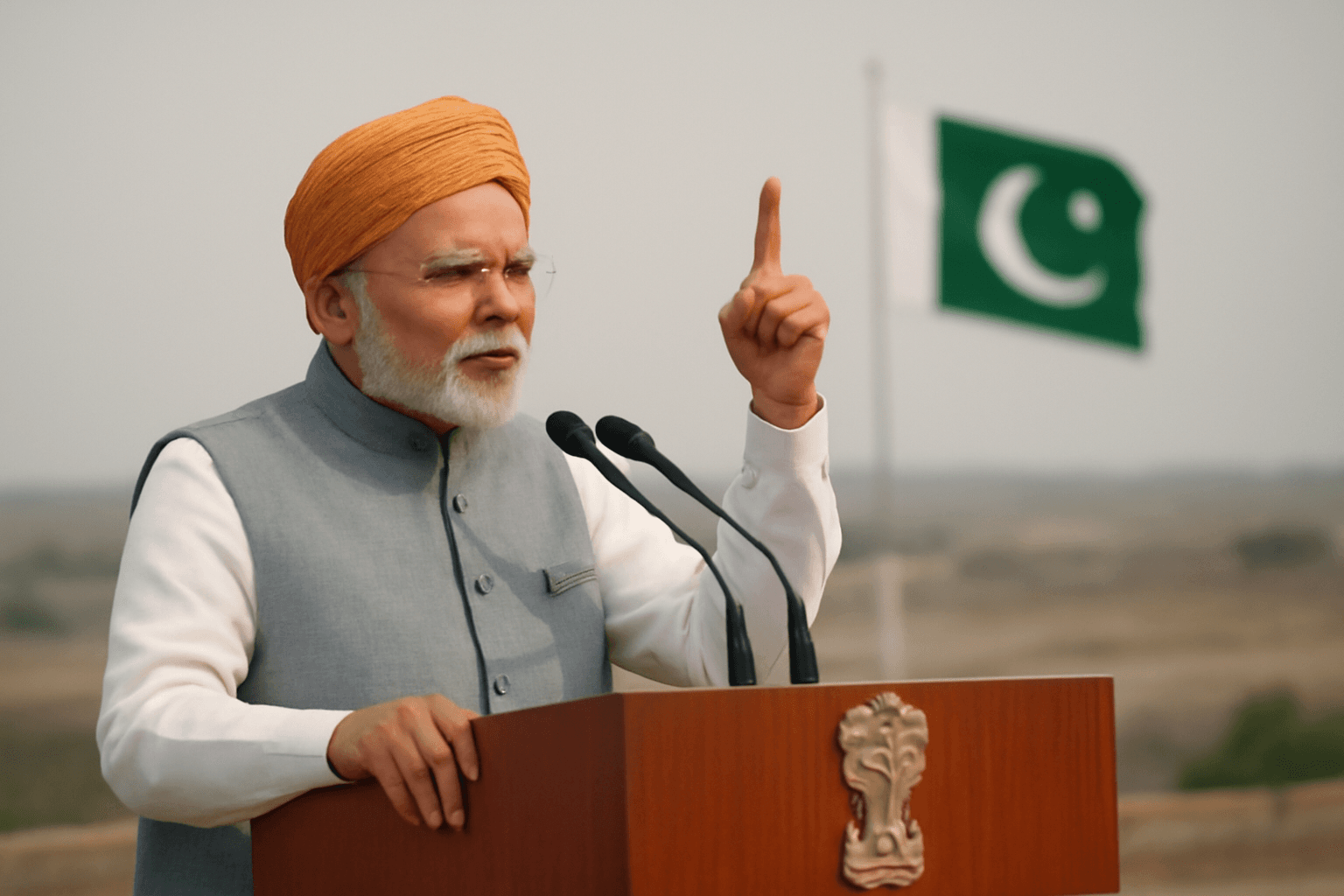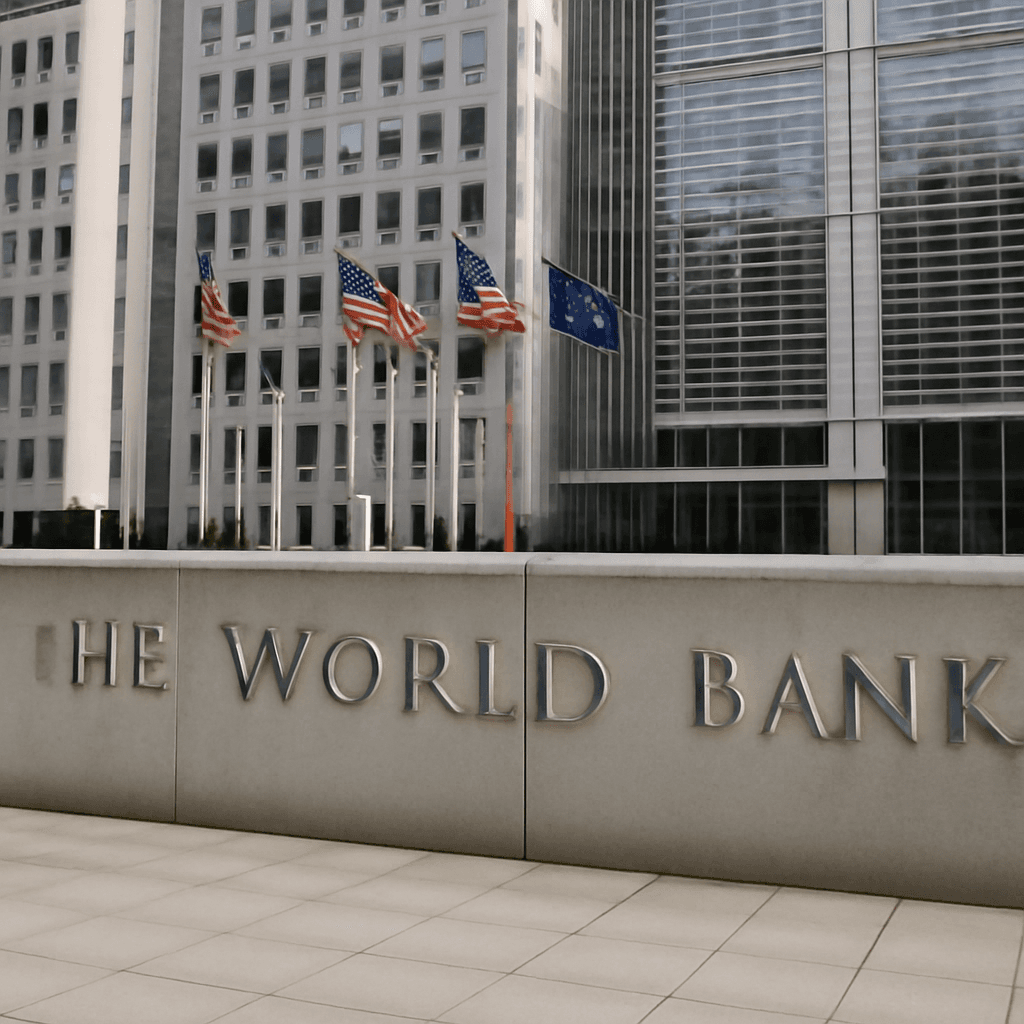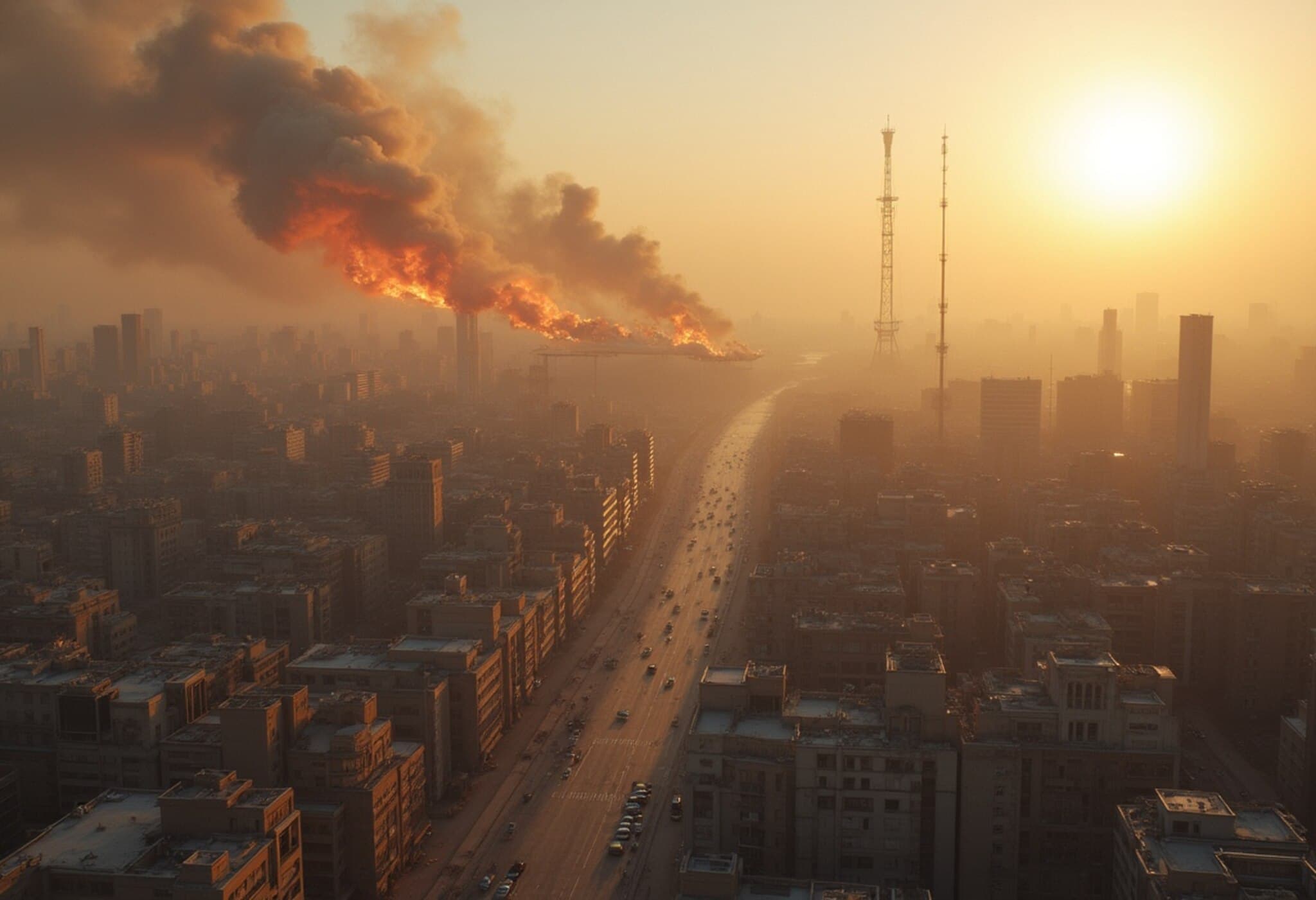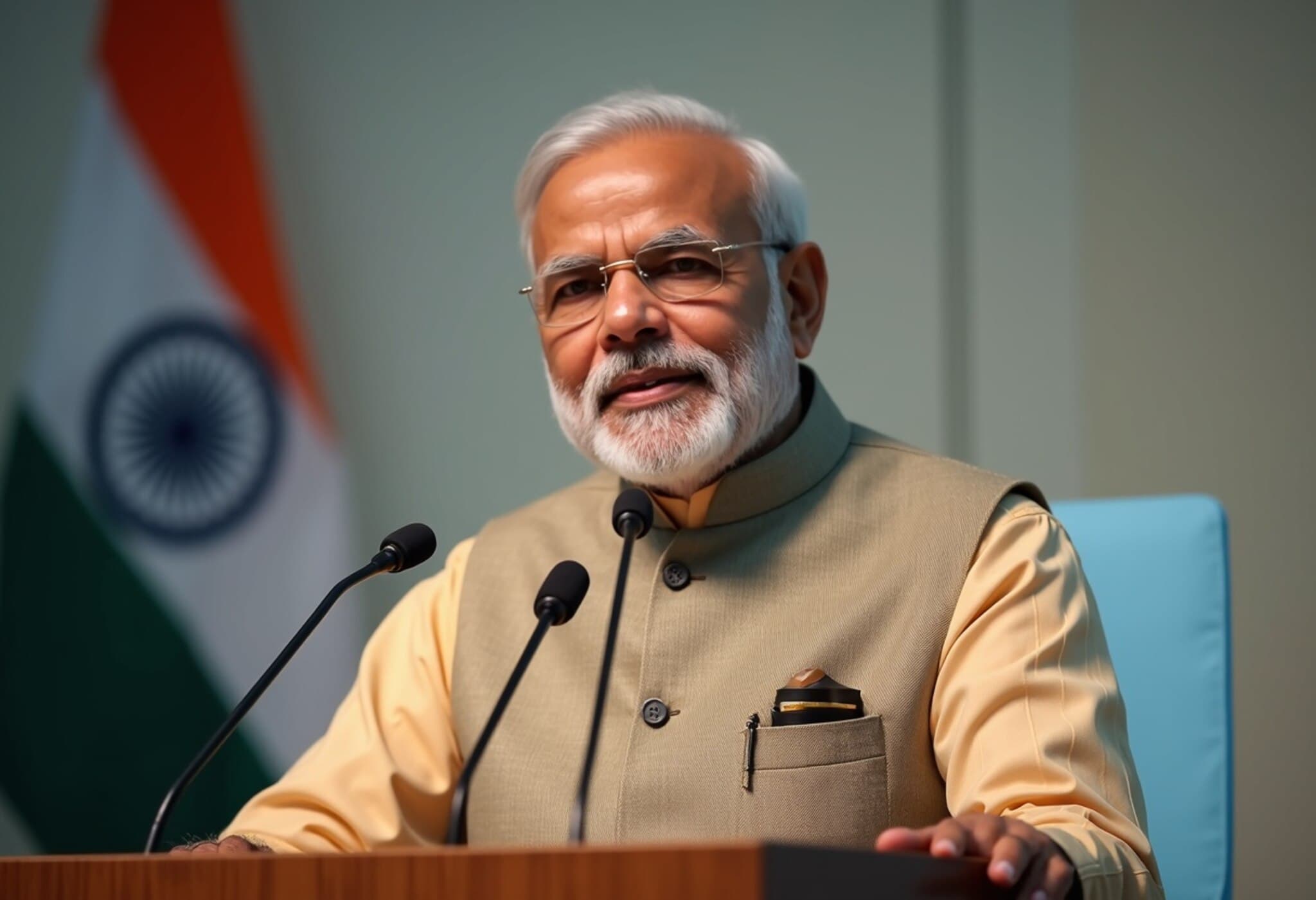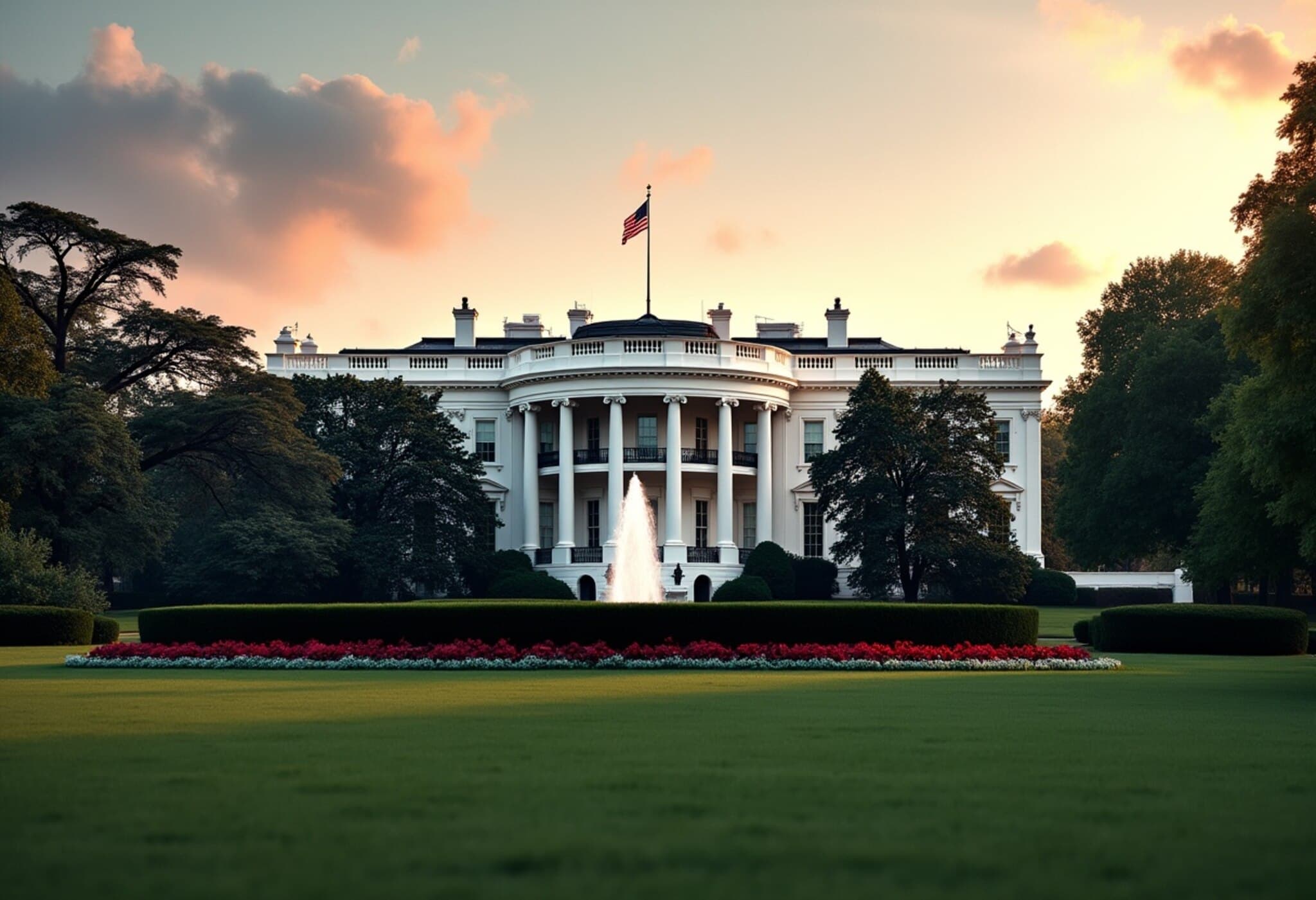Understanding the IMF's World Economic Outlook: Why It Matters for UPSC Aspirants
The International Monetary Fund (IMF) released its latest update to the World Economic Outlook (WEO) on July 29, 2025, offering a crucial snapshot of the global economic landscape. UPSC aspirants in particular should note its significance as international reports and organizations like the IMF often feature in exam questions, especially regarding global economic trends and international cooperation.
Global Economy at a Crossroads: Key Themes from the WEO Update
The newly released WEO update is titled "Global Economy: Tenuous Resilience amid Persistent Uncertainty", perfectly capturing the fraught yet hopeful state of the world economy.
- Resilience: Despite a cocktail of shocks—from the lingering effects of the pandemic to ongoing geopolitical tensions such as Russia-Ukraine and protectionist tariffs—the global economy continues to expand.
- Fragility: This growth is fragile; multiple economic fault lines persist, including ambiguities about tariff policies and the risk of supply chain disruptions, especially from tensions in the Middle East and Ukraine.
- Growth Projections: The IMF forecasts global growth at 3.0% for 2025, slightly up by 0.2 percentage points from April's estimates, with a modest 3.1% growth expected in 2026.
Country-by-Country: What the IMF Says About Global Economic Leaders
The report offers a detailed analysis of major economies, highlighting a mixed picture of growth:
- United States: The US economy, long a driver of global trends, is projected to slow in 2025, with GDP nearing $31 trillion but growth tapering to 1.2% in 2026.
- China: Despite recent challenges, China remains resilient and is expected to grow at about 4.8% in 2025, a steady, if slightly reduced, pace for the world's second-largest economy.
- India: Standing out prominently, India is forecasted to grow at a robust 6.4% in 2025. Although this is a slowdown from its 2023 pace, it remains significantly higher than most other large economies, cementing India’s emerging status as a key growth engine globally.
IMF: Beyond the Economics — Structure, Mission, and Relevance
The IMF was conceived in 1945 to promote global monetary cooperation and economic stability. Today, it supports 191 member countries by fostering policies to promote growth and financial stability. Its role transcends lending: it encourages trade liberalization, crisis prevention, and policy advice aimed at sustainable development.
The IMF’s Funding and Governance
- Funding: Primarily through member quotas—financial commitments based on each country's economic size—and supplemented by borrowing agreements.
- Governance: The Board of Governors, usually comprising finance ministers or central bank governors, holds the highest authority, while the Executive Board manages daily operations.
- Leadership: Kristalina Georgieva has been the Managing Director since 2019, having started her second term in October 2024.
Special Drawing Rights and Crisis Financing
The IMF’s lending toolkit includes Special Drawing Rights (SDRs), a reserve asset composed of a basket of five currencies: the US dollar, Euro, Chinese Yuan, Japanese Yen, and British Pound. SDRs offer a flexible mechanism for crisis support, helping countries navigate economic shocks without project-specific loans.
Expert Insight: Why India’s Growth Amid Global Uncertainties Matters
India’s forecasted 6.4% growth in 2025 is more than just a number; it signals a shifting economic gravity on the world map. In an era where advanced economies are struggling with tepid growth rates and geopolitical tensions risk disrupting trade, India’s upward trajectory could translate into greater geopolitical influence, increased foreign investment, and meaningful progress toward its development goals.
However, sustaining this pace requires addressing domestic challenges such as infrastructure deficits, skill development, and regulatory reforms, which remain critical for unlocking India's full potential.
Underreported Narratives and Critical Questions
- How might ongoing geopolitical conflicts alter global supply chains beyond immediate disruptions?
- What role can the IMF play in guiding emerging economies through climate-related financial risks?
- Given the IMF's influence, how can developing nations assert greater voice and agency within its governance structures?
- How are digital currencies and new financial technologies reshaping IMF's policy frameworks?
Summary Box: What UPSC Aspirants Should Remember
- IMF's WEO remains a vital document reflecting the fragile yet persistent global economic growth.
- India's growth at 6.4% in 2025 showcases its role as the world’s fastest-growing major economy amid uncertainties.
- The IMF funds its operations through member quotas and manages crises via tools like Special Drawing Rights.
- Understanding the IMF’s structure, mission, and reports is essential for grasping international economic governance.
Editor’s Note
While the World Economic Outlook highlights cautious optimism, the underlying uncertainties demand vigilant policy responses globally. For India, emerging as a resilient growth hub offers both opportunities and responsibilities. Policymakers, students, and observers should delve deeper into the nuanced interplay between geopolitics, economic policies, and international cooperation shaped by institutions like the IMF. This understanding is not only significant academically but critical for informed citizenship in an interconnected world.
Author: Roshni Yadav,
Deputy Copy Editor, The Indian Express
Expert in international affairs, economic policy, and governance with over five years of analytical experience.









